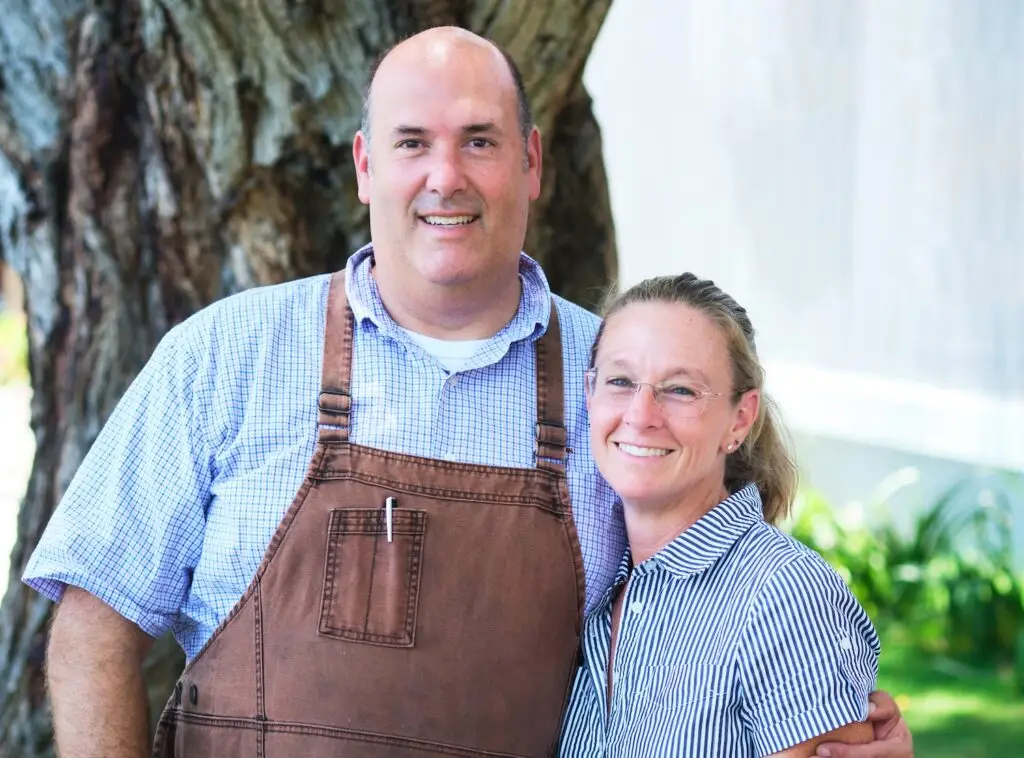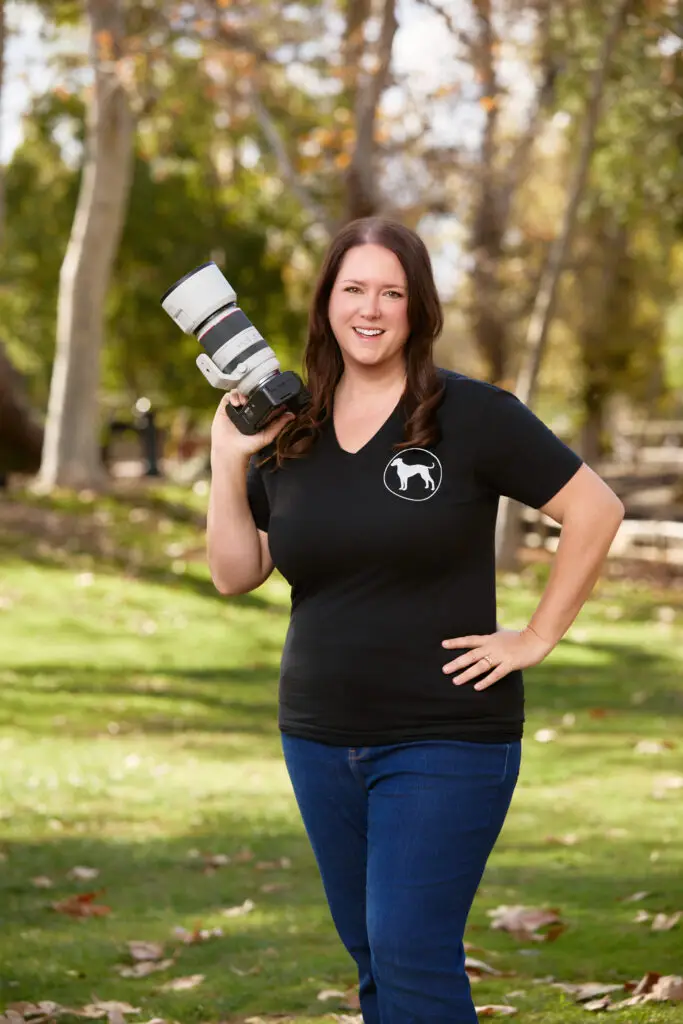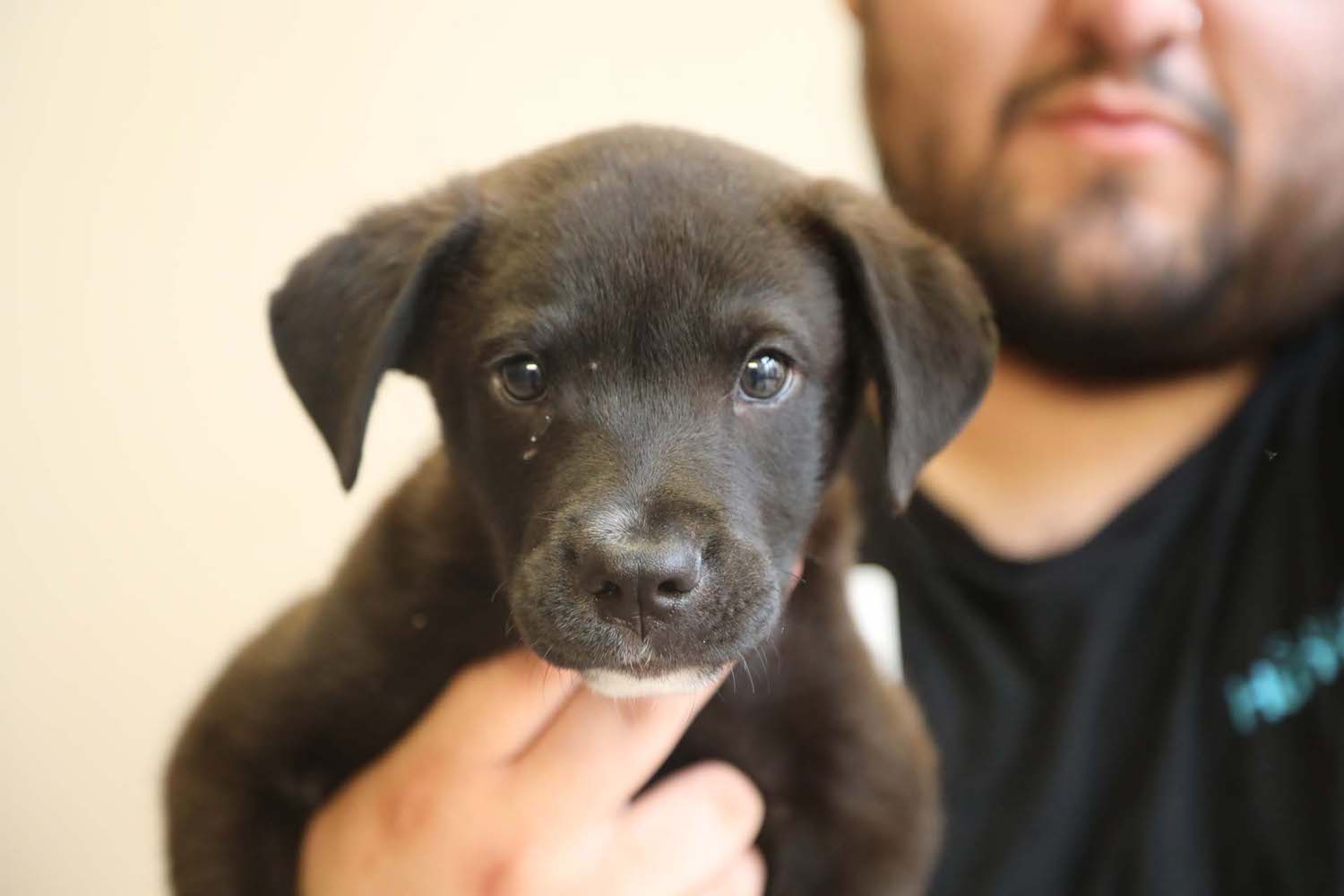For just over a year, local animal shelters have been sounding the alarm that there are more pets than they can support in need of permanent homes. This has happened before, but typically during brief periods like kitten season. This time around, the situation is unique in that organizations are struggling to adopt out dogs, especially large breeds such as huskies, German shepherds, and pit bulls (who also have big litters).
“Dog overpopulation in shelters right now is something we’ve never seen before,” says Dr. Gary Weitzman, CEO of San Diego Humane Society (SDHS).

According to Stephanie Filer, executive director of the national organization Shelter Animals Count, the usual flow of animals in and out of shelters has fallen out of balance since the pandemic. “We have had more pets entering shelters than have left,” she says. “The number of days that large dogs are waiting to get adopted has doubled.”
Experts are unsure why adoptions have flatlined, but the reasons for increased pet surrenders are clear.
“When owners are surrendering [animals], it’s because they literally cannot afford to care for them or cannot find a place to live with them,” Filer says.
Landlords frequently bar pets over 50 pounds or restrict certain breeds. Amid a housing crisis, renters may not have the luxury of choosing affordable residences that also accommodate large dogs. In a 2021 report, Michelson Found Animals claims 8.2 million pets could find homes if these restrictions were lifted. The organization also found that housing led 14 percent of surveyed renters to surrender animals.
“As a society, we really want people to be able to have animals and enjoy that companionship and not have those resource issues be a factor, but they are certainly what’s driving the overcrowding,” says Jill Tucker, CEO of California Animal Welfare Association (CalAnimals).
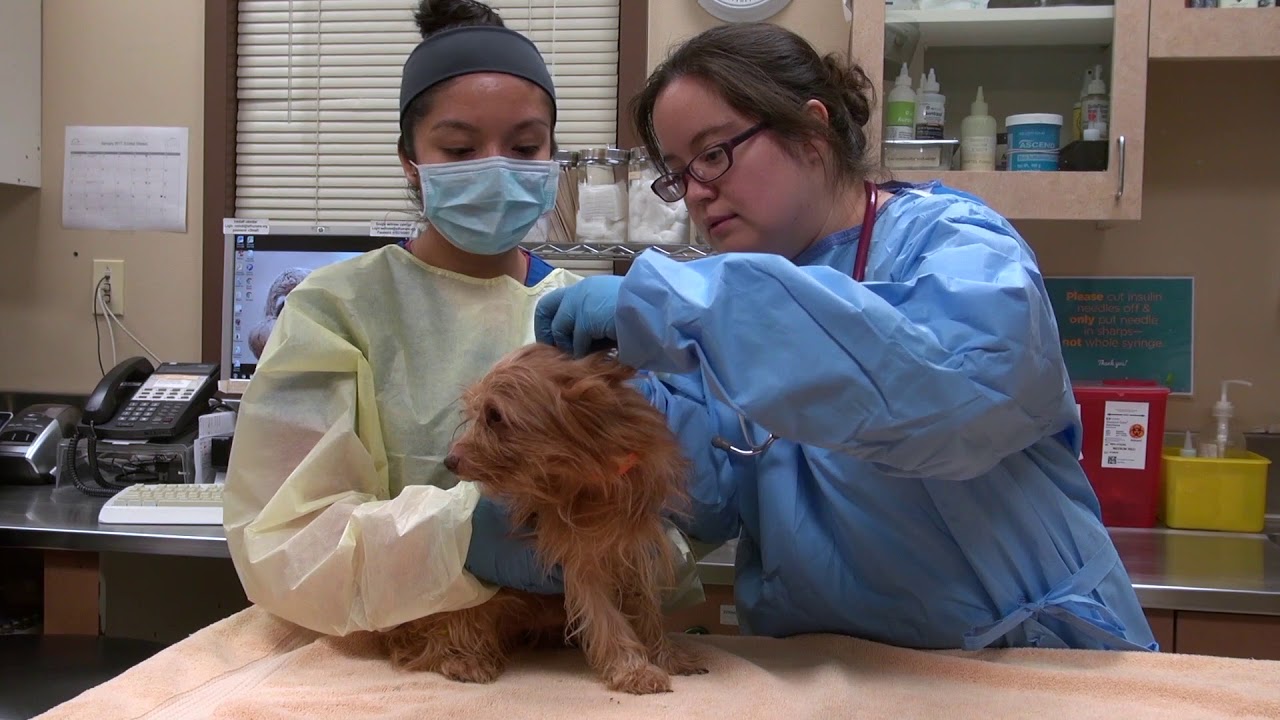
Of course, housing isn’t the only economic concern contributing to shelter overcrowding. The New York Times reported last month that the cost of veterinary care has shot up more than 60 percent in the past 10 years. Meanwhile, the number of vets has dropped—the staggering debt, relatively paltry salary, and high stress of the profession has led to veterinarian shortages across the US.
Shelters are affected by the vet shortage, too. According to a recent survey of California animal welfare organizations by the Program for Pet Health Equity at the University of Tennessee, 64 percent of organizations cannot provide certain kinds of veterinary care, such as spaying and neutering, to animals at their facilities because they are unable to fill vacant veterinarian positions or afford or even find appointments at nearby vets.
At the beginning of the pandemic, many vet surgeons ceased spay and neuter procedures amid a PPE shortage in which safety equipment was saved for human medical care. Large-scale spay and neuter programs that often fixed upwards of 50 animals in a single day were paused due to the health risk of congregating in groups.
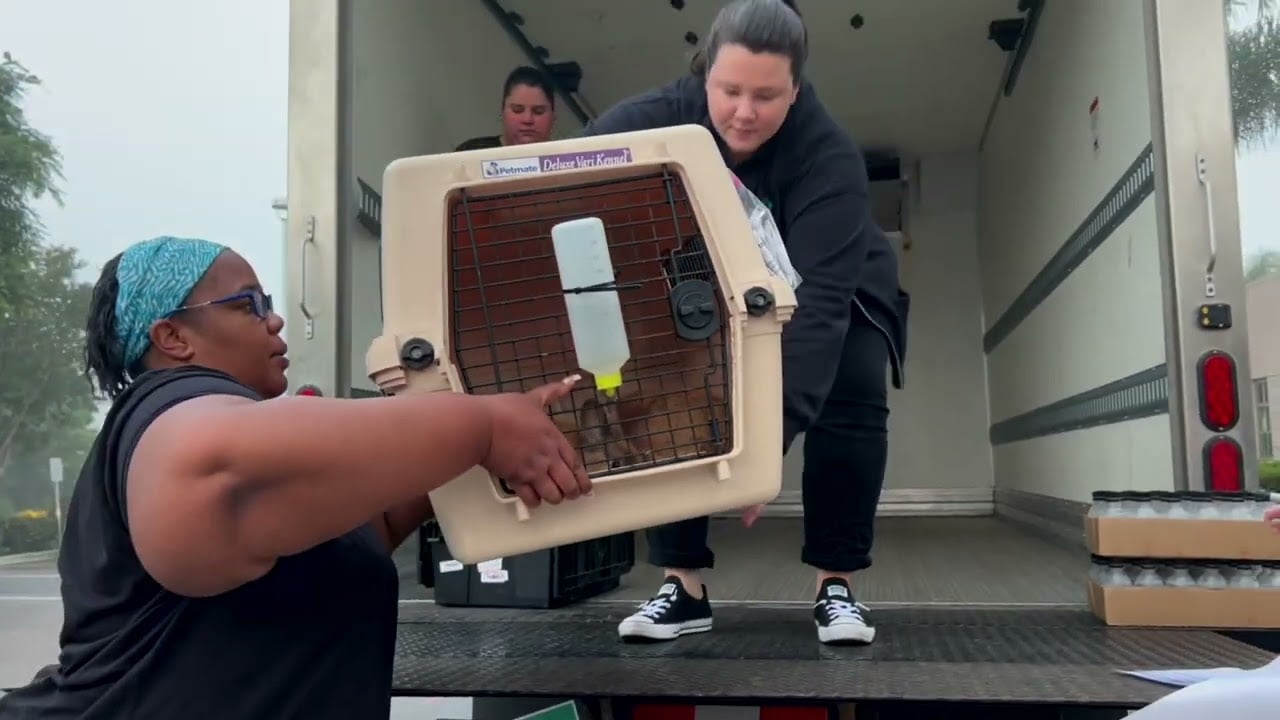
Previously, SDHS, one of the largest shelters in the nation, received puppies transferred from Arizona and parts of the American south each year, taking pressure off shelters in those regions and allowing San Diegans to adopt young dogs. For the first time, SDHS has not been able to accept transferred animals because there are puppies entering the shelter system locally. As of May 30, “we’ve got about 140 puppies right now and they’re all from San Diego,” Weitzman says.
“For [SDHS] to not be able to help organizations who previously depended on them, because, rightfully, they need to help the animals in their community first, it does create this ripple effect across the country,” Filer adds.
Currently, SDHS is building a new veterinary facility for mass spay and neuter care, but in the interim, the organization, which performs 80 to 100 sterilization procedures per day already, has had to cut back on providing that service for pet owners in the community because they have so many animals in their own care. This only leads to more unaltered pets in the community in the future. “It’s just this exponential math problem,” Tucker says.
Amid this national crisis, overpopulated shelters face thorny decisions: Will they limit their intake of abandoned animals; house more animals in subpar conditions, like hallways lined with cages; or euthanize pets so the remaining animals have enough space? SDHS has a no-euthanasia policy, but reps have stated that overcrowding causes behavior problems, risks the spread of contagious diseases, and leads to immense stress on staff and animals.
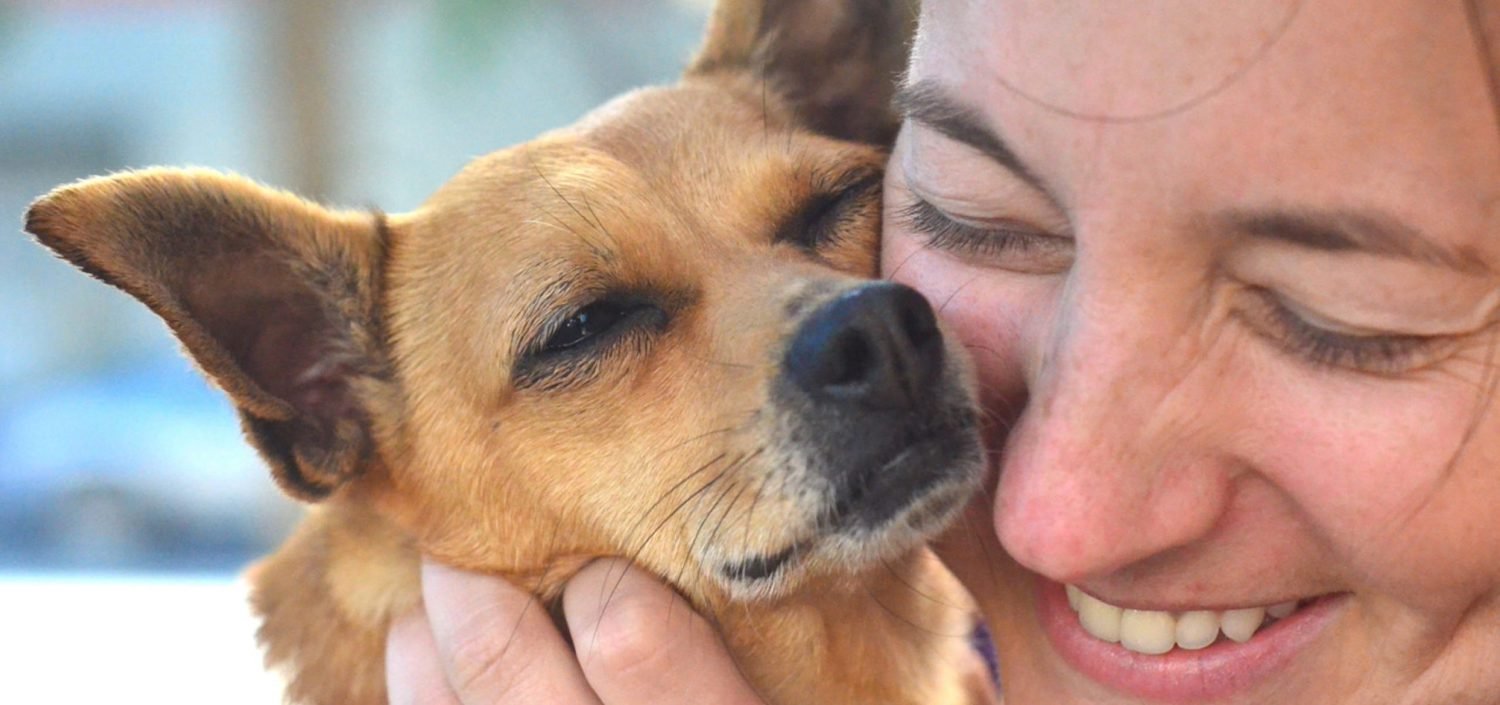
“Shelters get stuck in a position where there’s not a good outcome,” Tucker says. She helped spearhead the first ever California Adopt-A-Pet Day on June 1, when 3,609 animals across the state found homes.
PARTNER CONTENT
Tucker and Weitzman are also part of a coalition of animal welfare agencies lobbying for the state legislature to pass bills to address the problem. Potential solutions include requiring vet schools teach students how to perform mass spay and neuter procedures and restricting landlords’ ability to enact pet bans.
The best way for the average person to help? Adopt a shelter pet.
